First the plumbing components are installed – to handle water (i.e. electrolyte) and gases like hydrogen and oxyen. Second, the electric components are connected. A complete installation guide with wiring diagram comes with the after-market kit. The kit comes with tubes, conduit, wires and connectors ready to install.
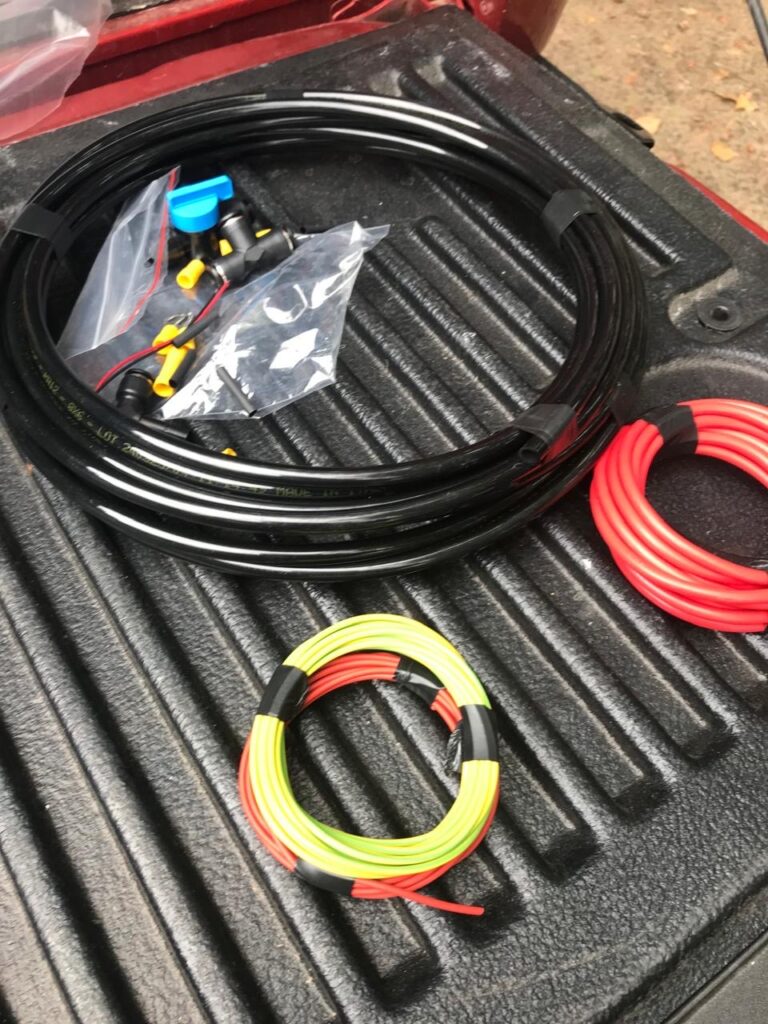
Plumbing steps
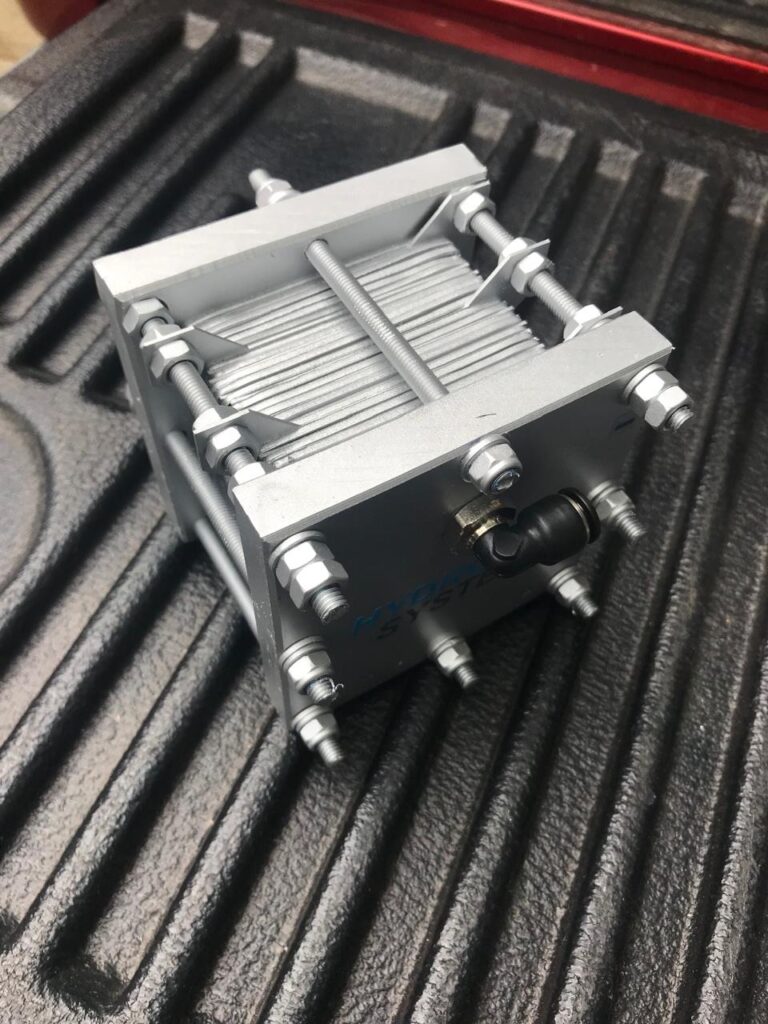
Mount the reactor at the lowest level in the system. There is often space in front of the radiator.
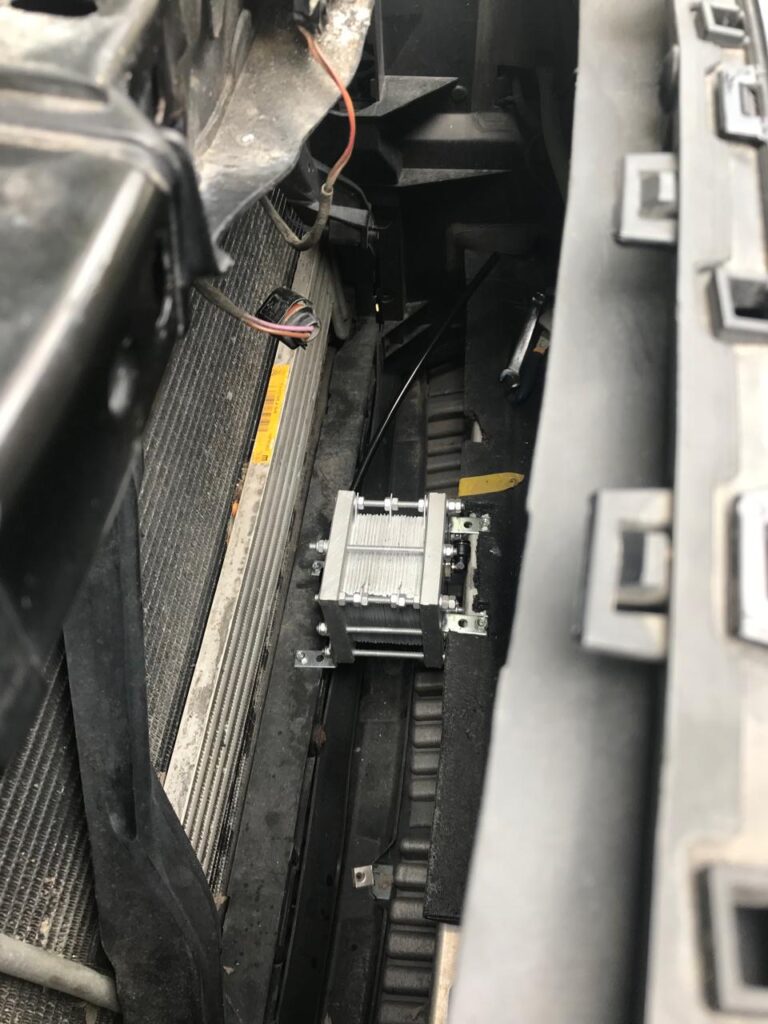
The find a cavity under the hood to fit the reservoir.
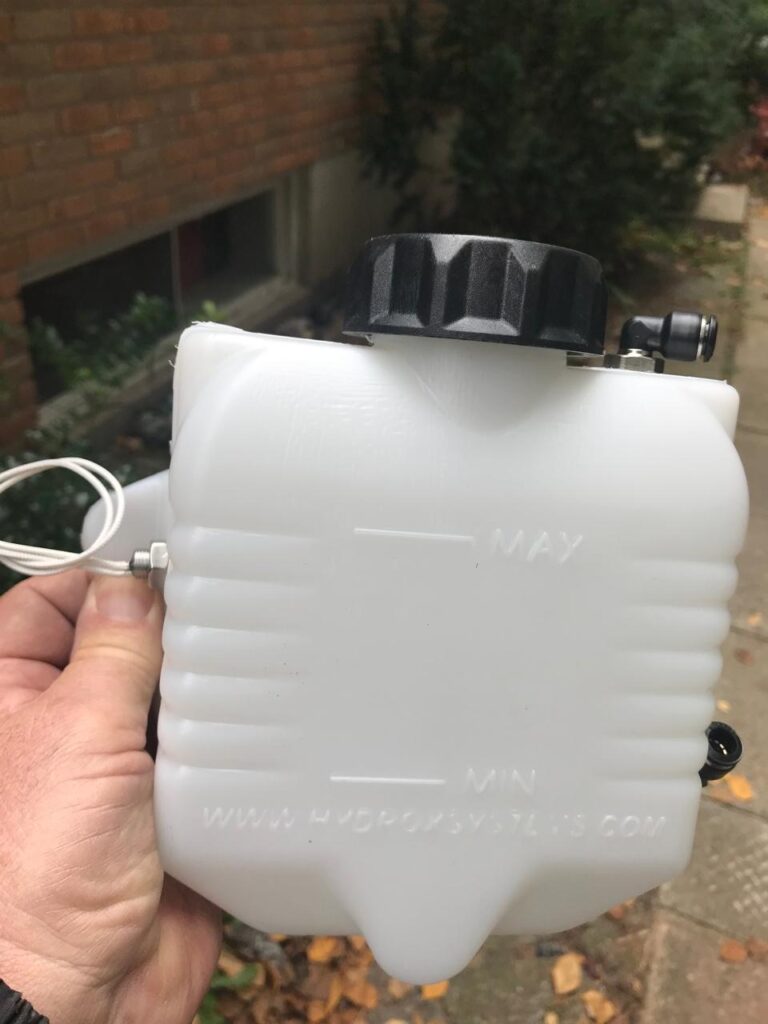
The kit does not come with mounting brackets. But the reservoir has flanges on both sides to make it easy to mount.
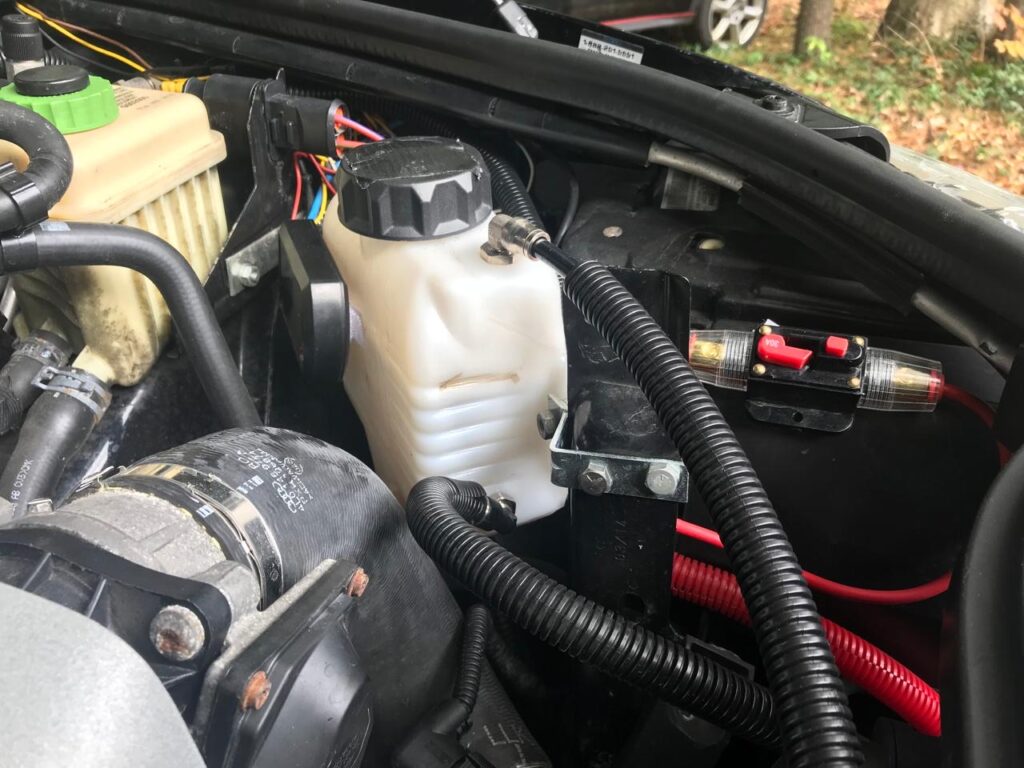
Lat of all, mount the bubbler in another space near the intake manifold.
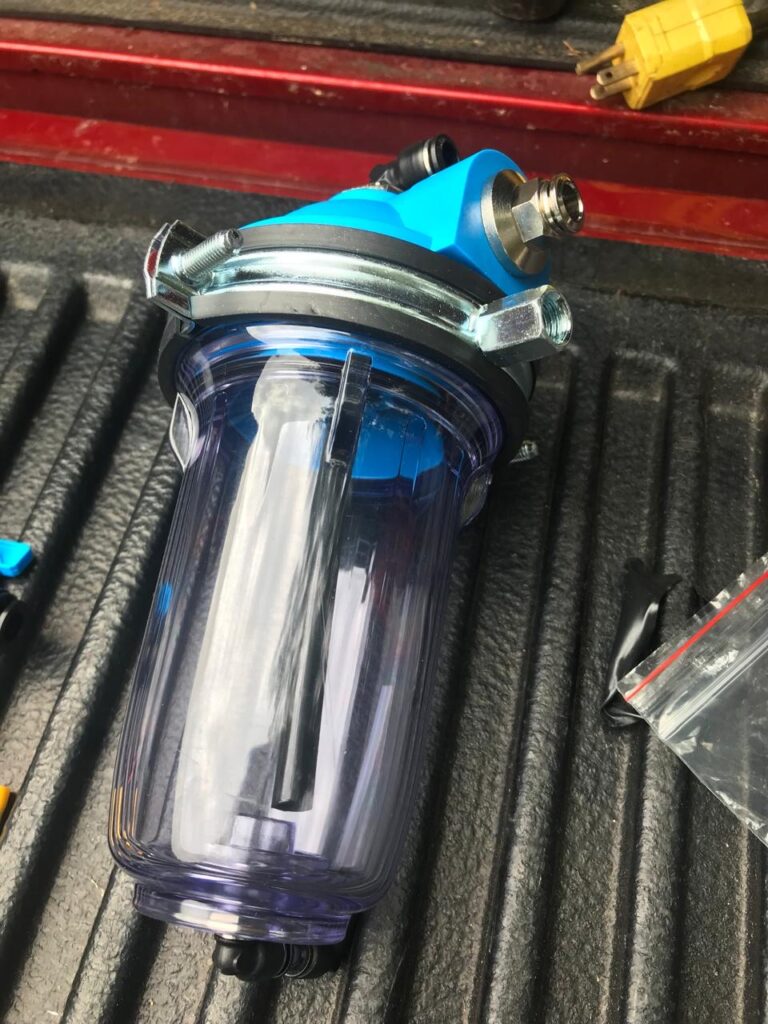
Both the reservoir and the bubbler must be mounted level.
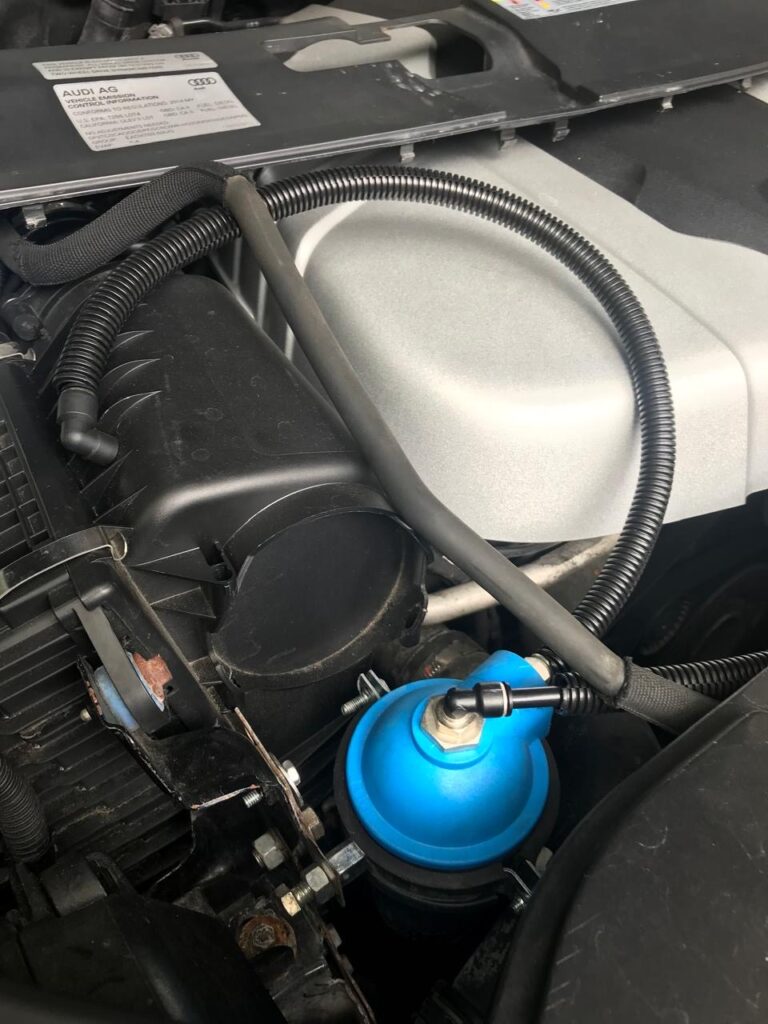
The connect the tubes and cover them with protective conduit. reservoir feeds water solution into reactor. Reactor send gases back to reservoir. Reservoir sends gases to bubbler. Then the gases travel from bubler into the intake manifold.
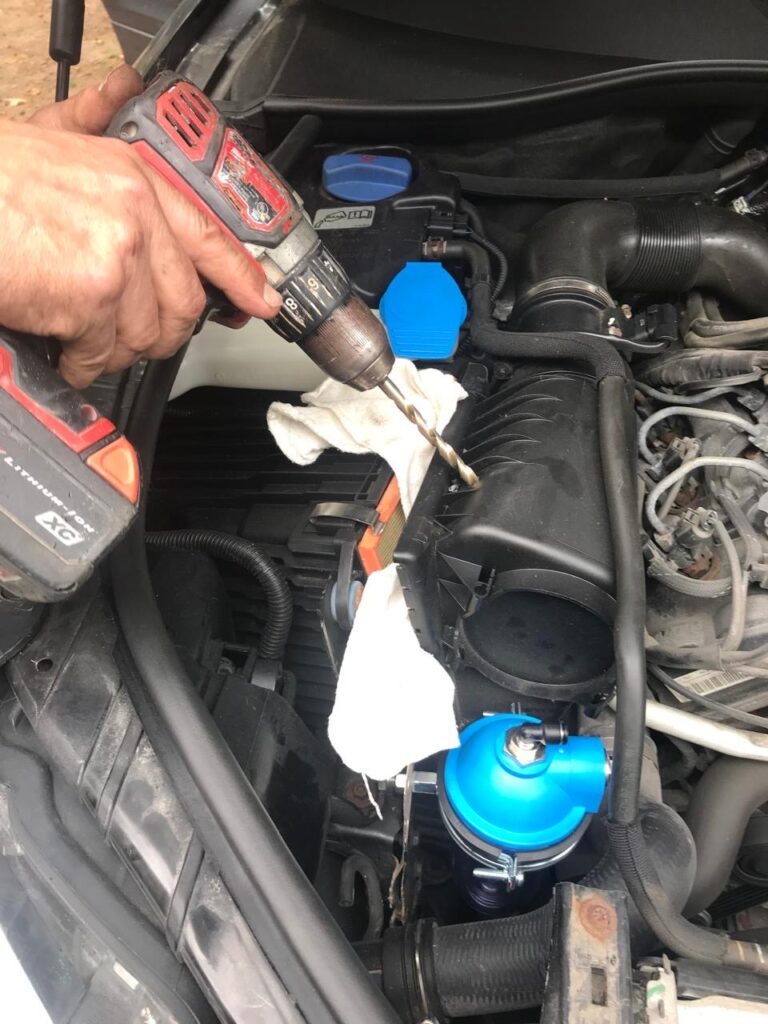
There is a T in the tube from reservoir to reactor, with a stop cock. This allows system to be drained for maintenance.
Electrical connections
The reactor has a positive and negative pole to connect it to the car battery. The kit comes with a safety valve to switch off the system when a problem is detected by the controller.
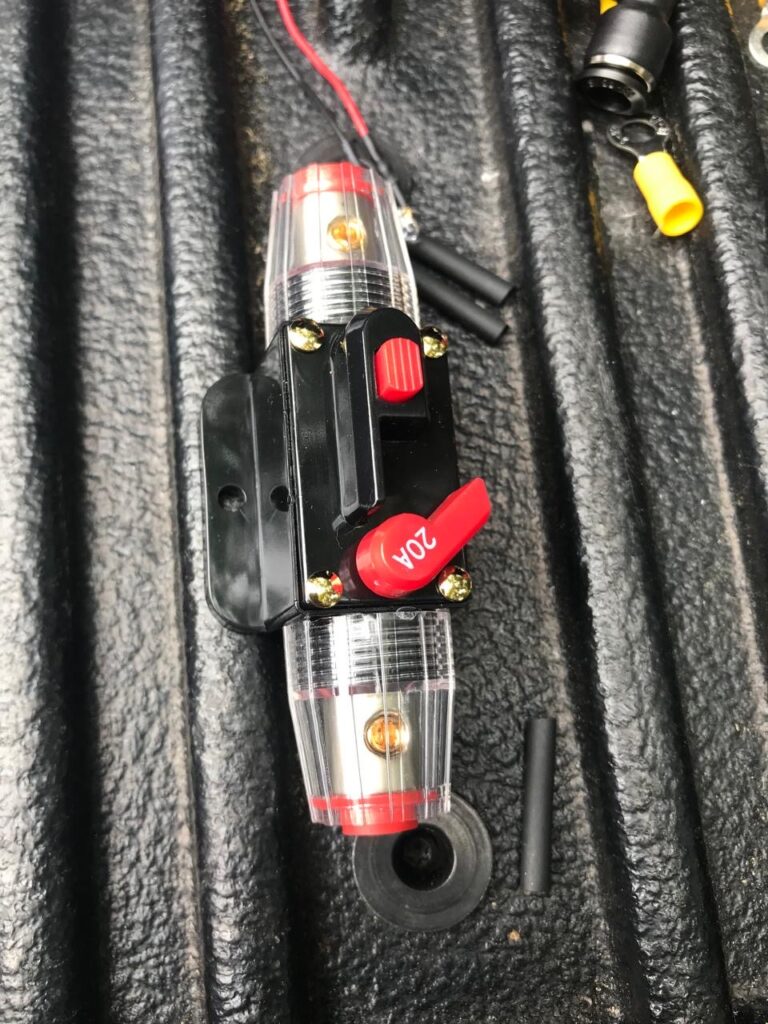
Mount the in-line safety valve and also the controller using velcro and glue instead of brackets. Don’t connect to the battery terminals until the system is filled with electrolyte.
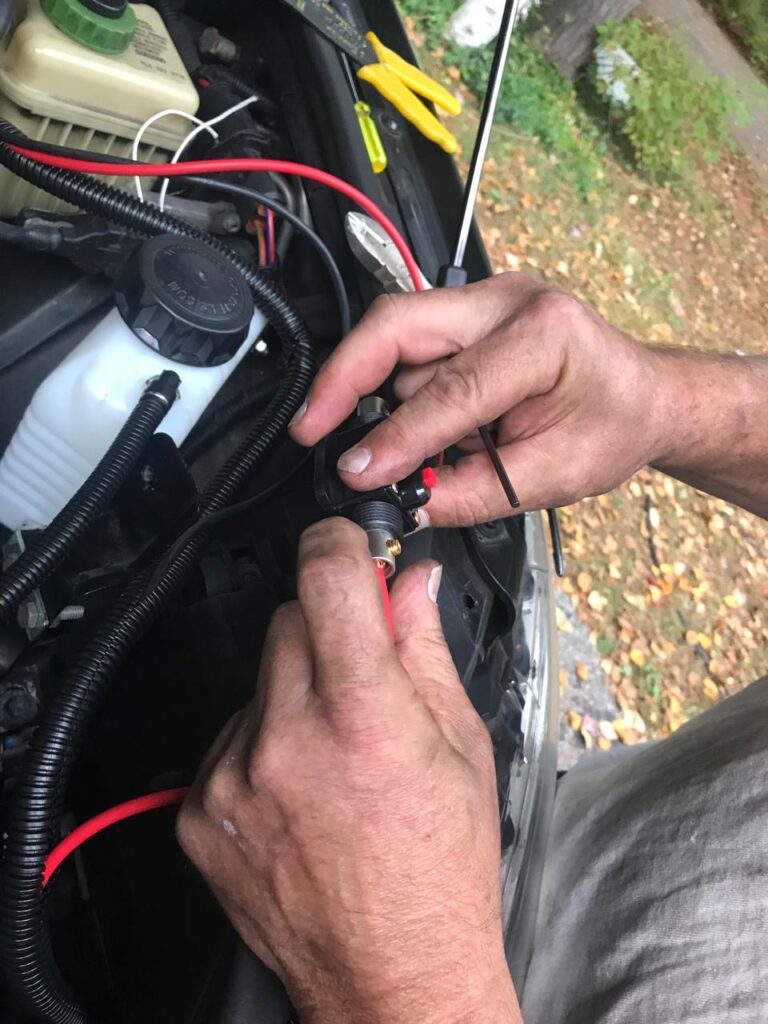
The controler is the brains of the whole system. It has wires to attach to the components, each of which contain sensors. A wiring diagram is provided.
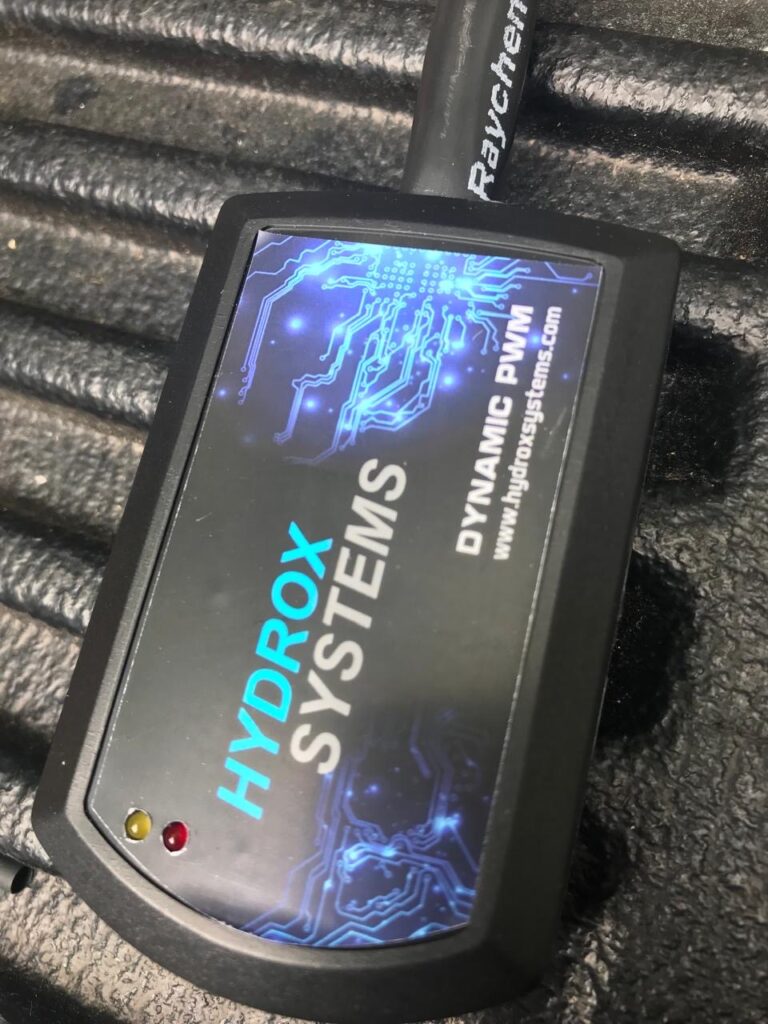
Operation
First, water must be mixed with potassium nitrate powder to make electrolyte like battery acid. Pour one litre of this into the reservoir and top up from time to time as required.
Second, connect the red and black wires to the battery terminals. A small LED light is included to wire through to your dashboard. It will keep blinking to assure you that the system is on.

